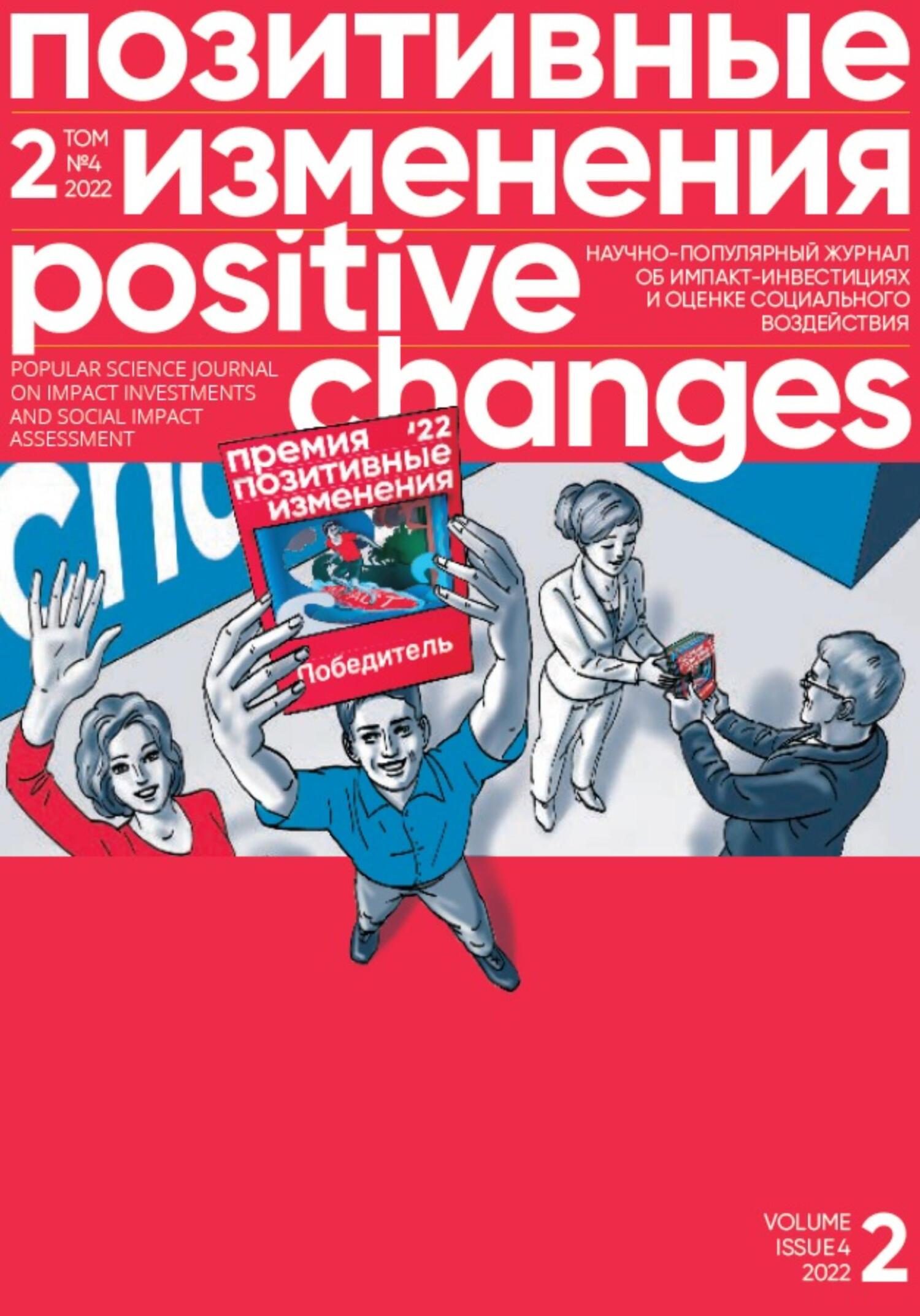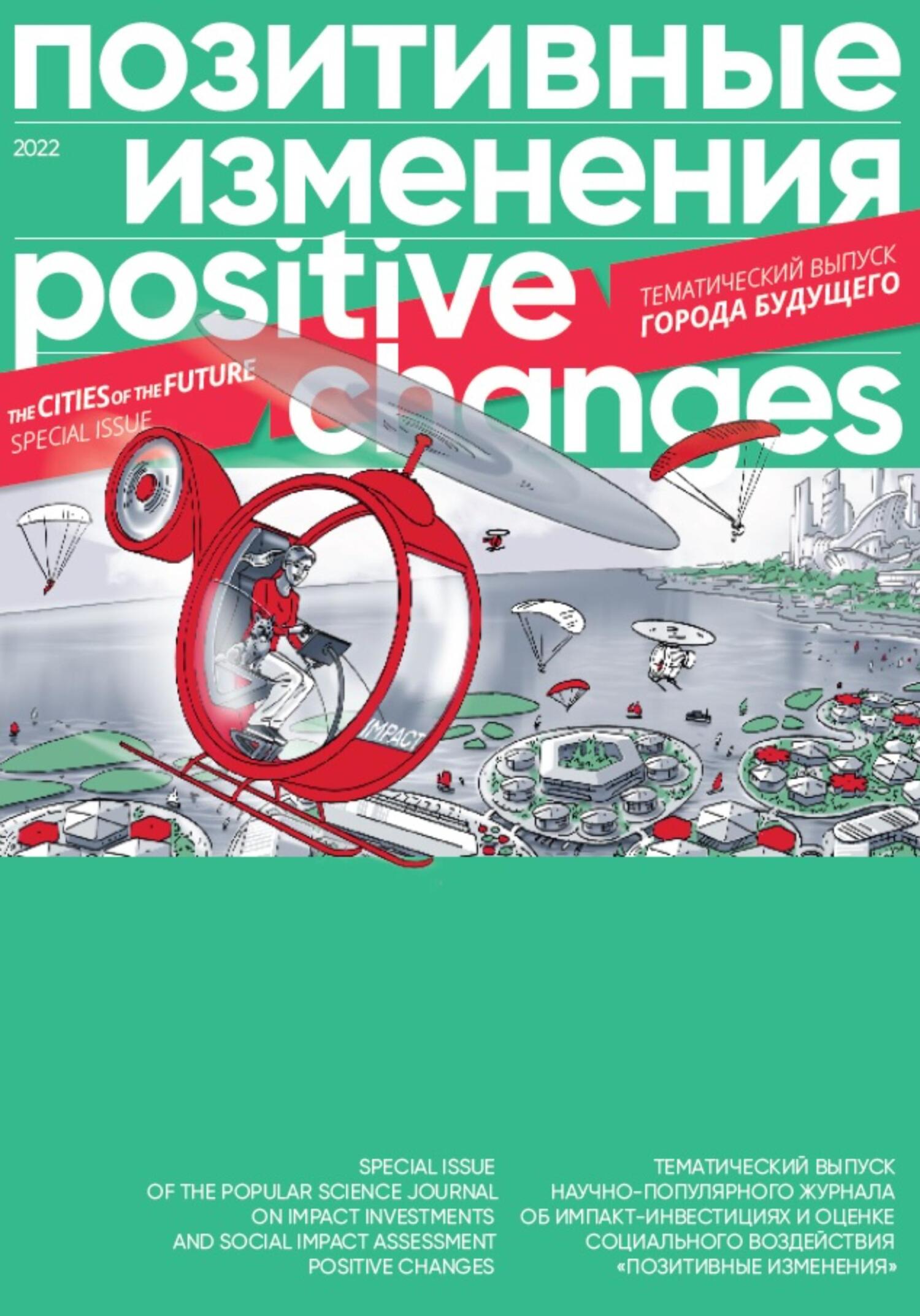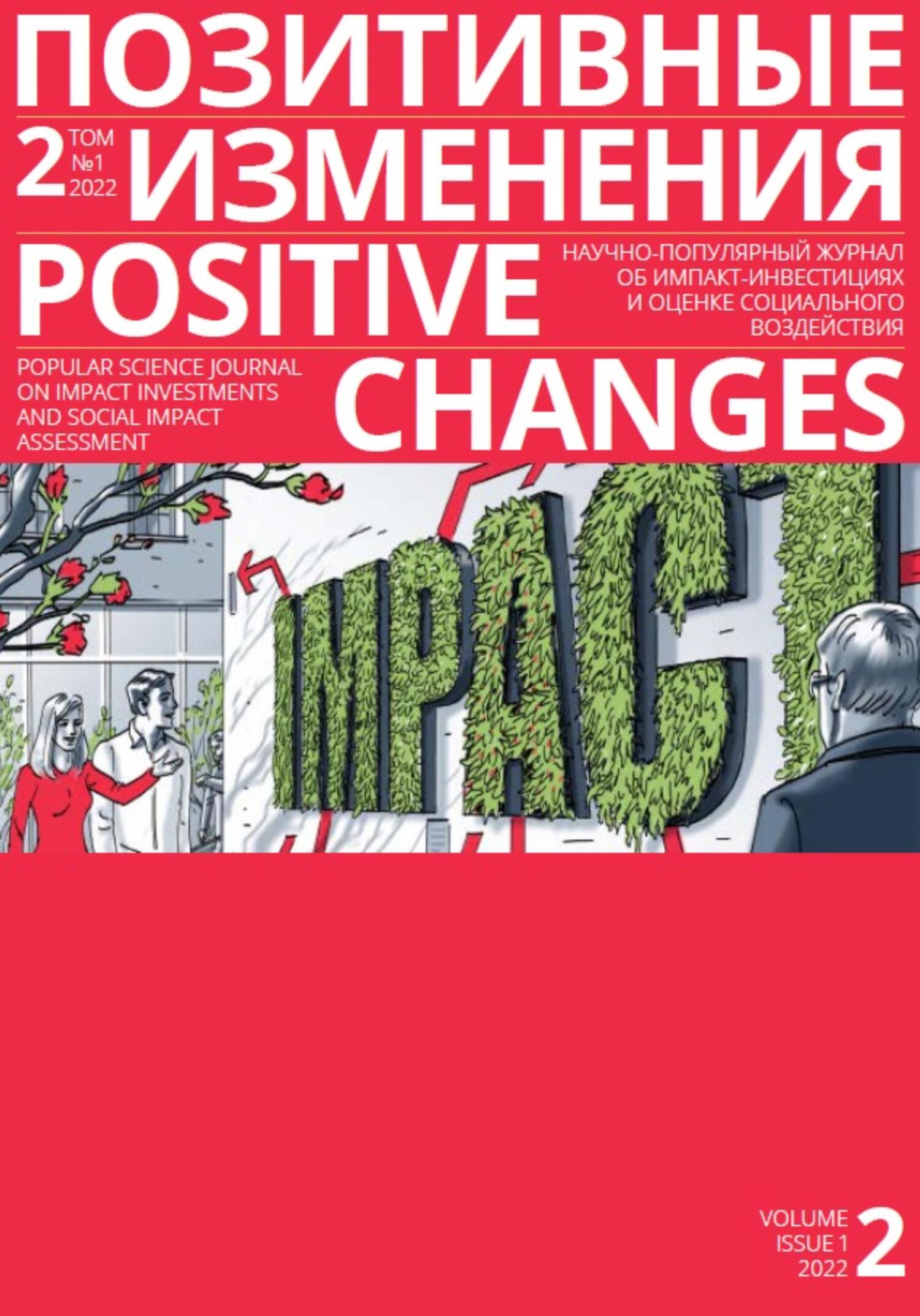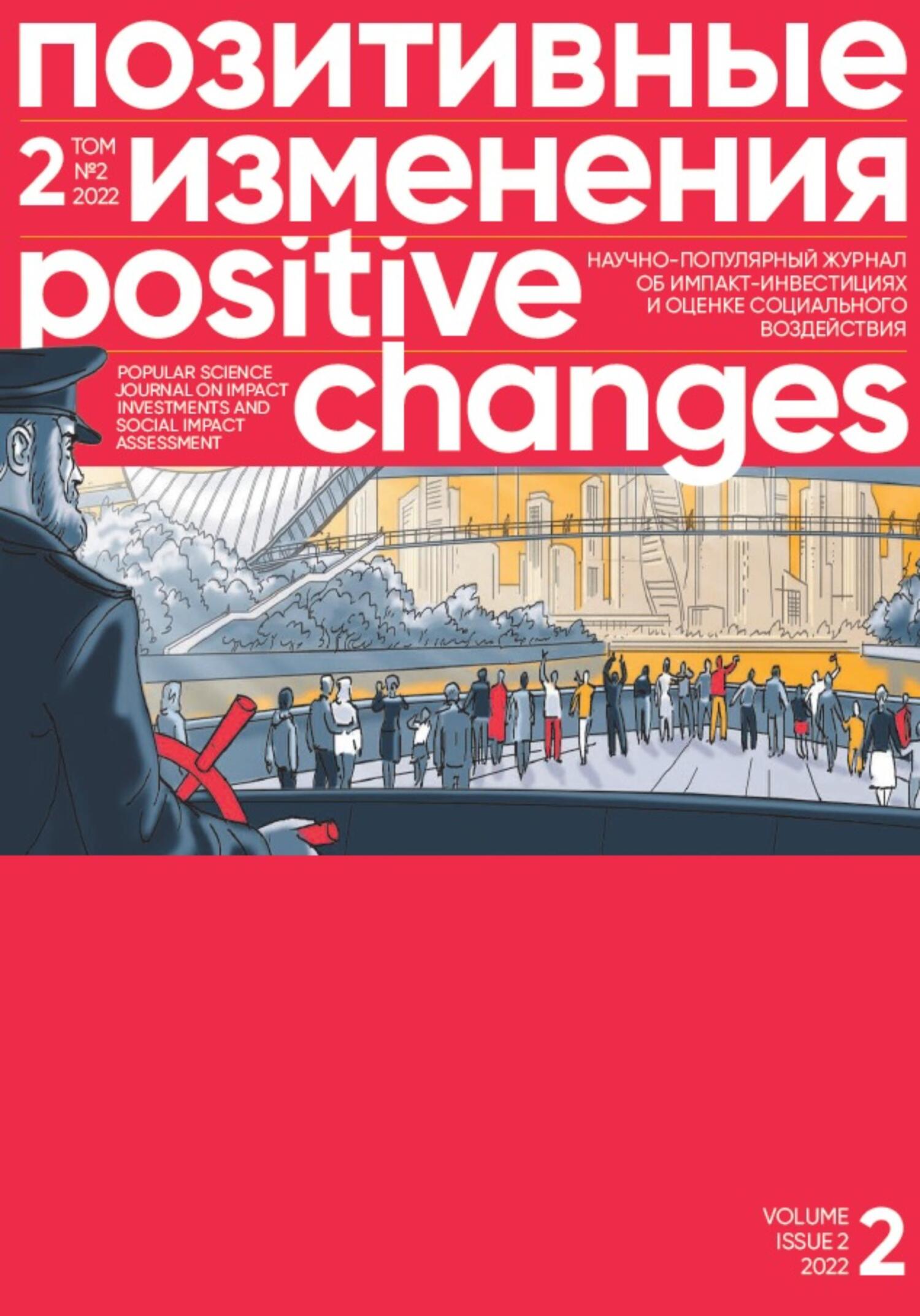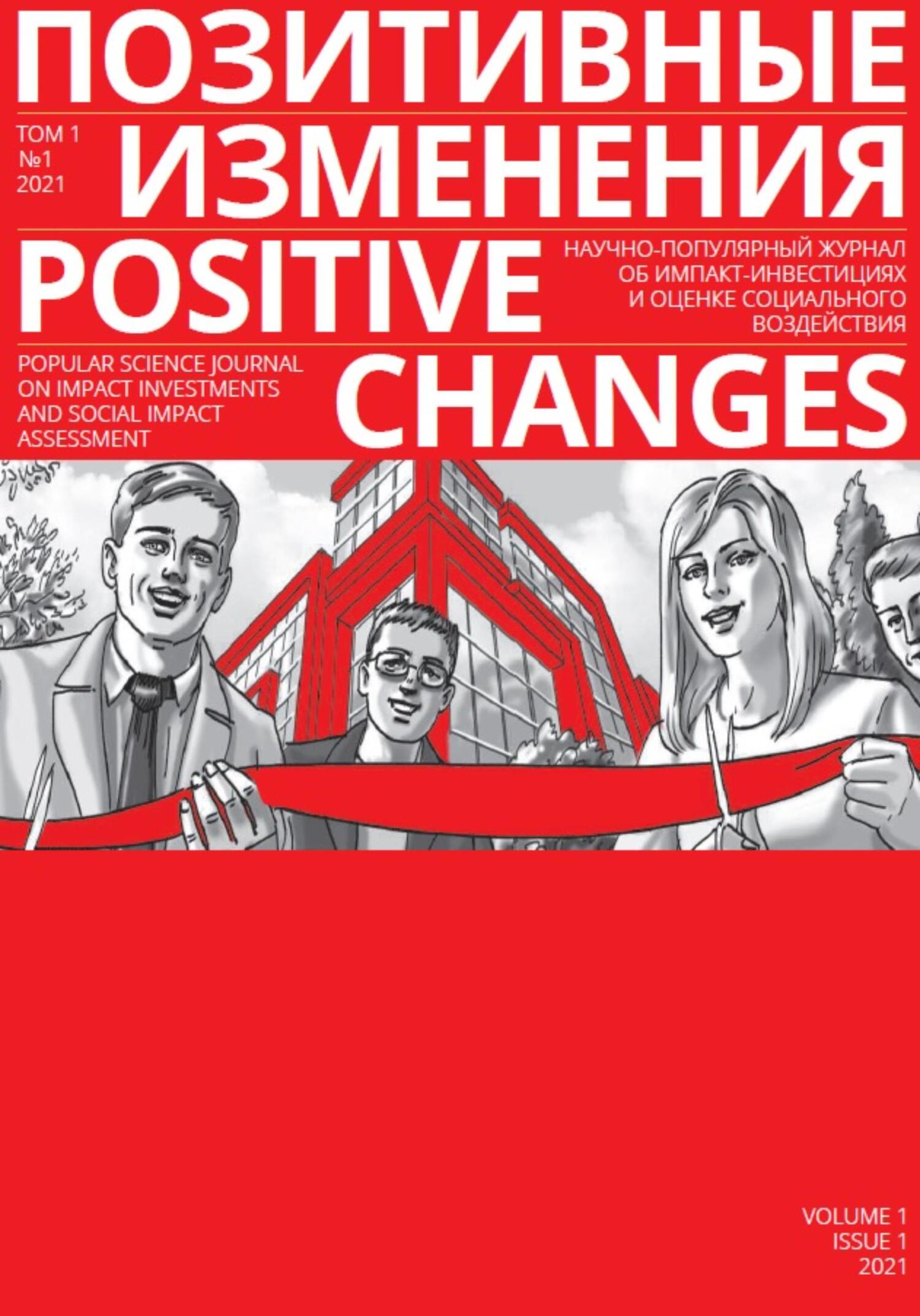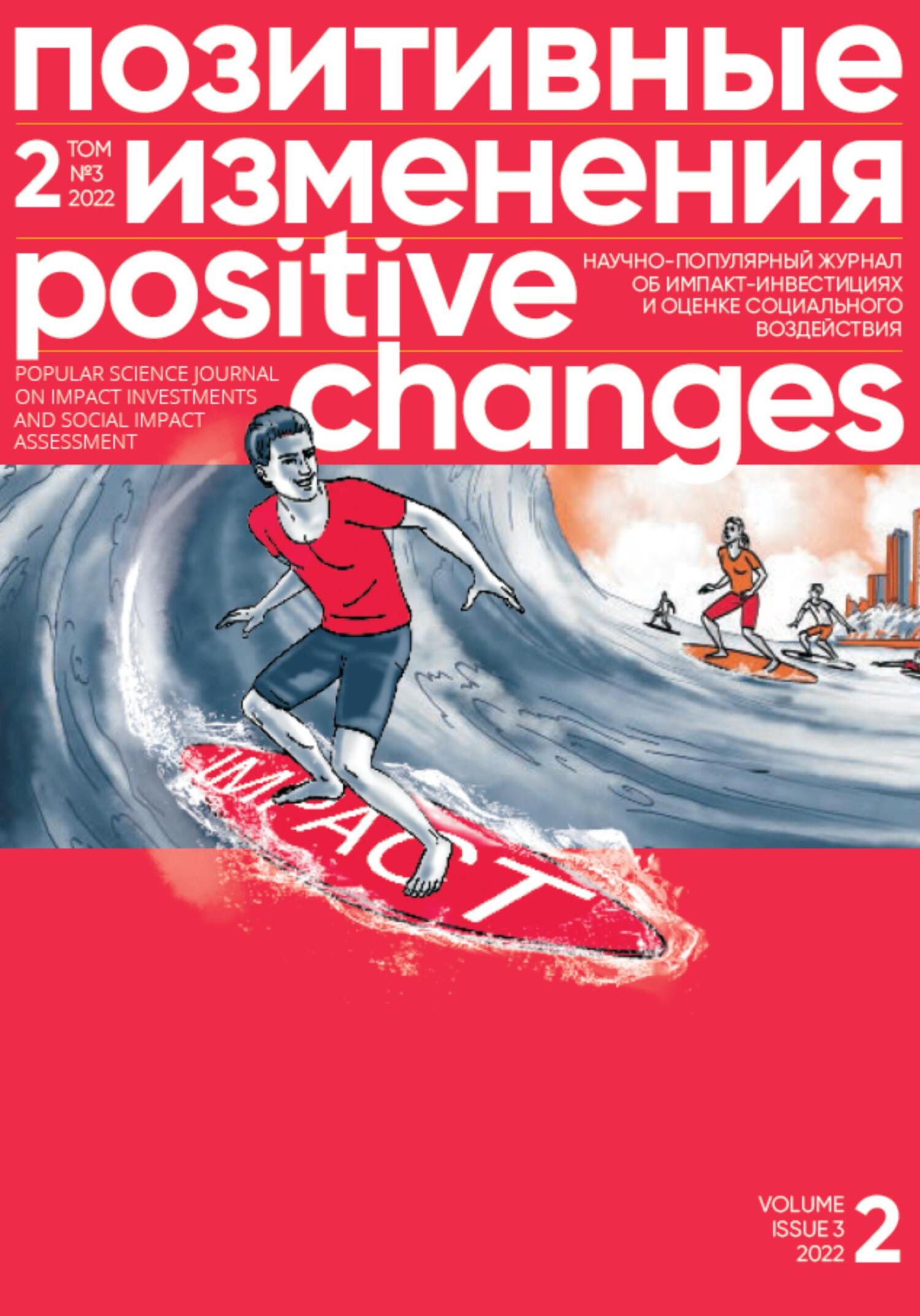— значения не имеет, важнее чтобы ее реализация могла быть успешнее благодаря капиталу сообществ на базе центров и/или движения. То есть главное — чтобы горожане в принципе могли самоопределяться как акторы, субъекты социальных и экономических процессов, агенты и лидеры позитивных изменений.
10. Ценности открытости к новому, инновационность — ценности консерватизма.
Последняя шкала — своеобразный тест на готовность к устойчивому развитию — через позитивные изменения, обучение, открытость к новым решениям, способность к принятию новых проблем, перемен, технологий, взглядов на мир и его возможные траектории развития. Может показаться очевидным важность приоритета данной ценности, но при этом, когда в рамках онлайн-исследования клубов на базе движения был задан вопрос о потребности в обучении и интересах развития, большая часть ответов выражала отсутствие подобного запроса, что показывает на проблемы для трансформации, но не меняет сути выявления близости и возможности перевода текущих социальных запросов, в том числе оформленных в движения, в запрос на создание соседских центров.
Таким образом, по мнению автора публикации, озвученный подход и использование подобного рода шкал может помочь на уровне «чек-апа» инициативным группам в понимании и самоопределении в отношении развития соседского центра на своей территории. А затем, на основе либо уже существующего предложения и моделей соседских центров, либо авторского решения начать строить свою «столицу».
“Neighborhood Capital”: A Neighborhood Center as the Key to Shaping Cities and Communities
Vladimir Vainer
DOI 10.55140/2782–5817–2022–2–4–56–65
The topic of neighborhood centers has been a focus of research for more than 100 years. These days we see another rebirth of neighborhood centers. Leading development companies are making social investments in this element of the urban fabric. In this article, we reflect on the vision of neighborhood centers, their role, and their search for a development model — something you need to know before you start building your “little neighborhood capital.”
Vladimir Vainer
Director of Positive Changes Factory
THE SCIENTISTS' VIEW
The idea and concept of neighborhood centers as the key component of life development in the cities and villages in Russia has been fully revealed in recent decades in the works by Elena Shomina and Sergey Kuznetsov, Peter Ivanov, Vladimir Vainer, Svyat Murunov, as well as in the materials of Applied Urbanistics Centers and other experts and practitioners, first of all heads of neighborhood centers created by developers in new urban neighborhoods.
In the international scientific discourse, the topic of neighborhood centers has been around for more than 100 years. According to Peter Ivanov, an urbanist and sociologist at the Civil Engineering Laboratory, author and editor of the Telegram channel “Urbanism as the Meaning of Life,” “many think that neighborhoods were invented by Le Corbusier.” Those who have read Glazychev believe that neighborhoods were invented by Clarence Perry. In fact, neither is true. Microdistricts were invented by William Eugene Drummond, whom Wikipedia describes as “a Prairie School architect [69].”
Architect William Eugene Drummond proposed the concept of a Neighborhood Unit, where a unit is understood as “part of the whole.” Drummond pointed out that the modern city (with its major projects now more than a century old) needs to recreate the social and political relations among its citizens and, consequently, the need for new special infrastructure. According to Peter Ivanov, Drummond took sociologist Charles Cooley's concept of the “primary circle of social relations” as the basis and focused attention on the neighborhood unit, the environment in which that very circle of relations — family, friendship, neighborhood — is preserved and maintained.
“Each neighborhood unit, according to Drummond, consists of low-rise apartment buildings, an elementary school, a playground and a neighborhood center,” Ivanov notes. In modern parlance, the Drummond neighborhood center is the “little capital” of the neighborhood, an amalgamation of a wide variety of functions that are still characteristic of the modern neighborhood center — a club, a place for meetings and gatherings, sports center, and so on.
In contrast to the modern developers' prevailing view of the neighborhood centers, Drummond saw them as a major tool for providing individuality and, following that, political subjectivity to the city neighborhoods. And then, each neighboring unit would create the fabric of the city itself, with business spaces and centers, parks, squares, and promenades emerging at the “junctions between the neighborhood units.”
Peter Ivanov notes that this concept became so popular that Drummond's terminology was borrowed in the 1920s by Robert Ezra Park, the founding father of the Chicago School of Sociology, who also argued that neighborhoods were the foundational core of the urban fabric. And by the 1930s, under the influence of the Chicago School sociologists, Clarence Perry offered his own understanding of neighborhood units, shifting the focus away from the political role of neighborhood centers [70]. It was Perry's approach, as Peter Ivanov notes, “that was creatively reworked in the USSR,” which resulted in the neighborhoods as we all know them.
From practically the only Russian-language review of Drummond's concept by Peter Ivanov, the reader can draw several important conclusions for this material:
• Neighborhood centers are a part of the neighborhood's living routine, lost during the “creative reworking,” and this might be a good time to bring this element back into the urban fabric;
• Neighborhood centers are one element of the neighborhood unit, creating a holistic structure and conditions for self-actualization of each resident, preventing stigmatization of certain groups of residents and unlocking the potential of neighborhood communities;
• Neighborhood centers create an identity for each unit of an entire city, providing (with sufficient development and scale of amalgamation) the territorial, social, and political subjectivity that we can already observe in a number of cases of the development of the Territorial Public Self-Governments or community foundations.
THE DEVELOPERS' VIEW
Positively, these findings are reflected in many ways in today's vision of the role and purpose of neighborhood centers by the leading development companies. This can be seen, in particular, from the agenda of most large-scale and regular professional events, such as the annual international conference
